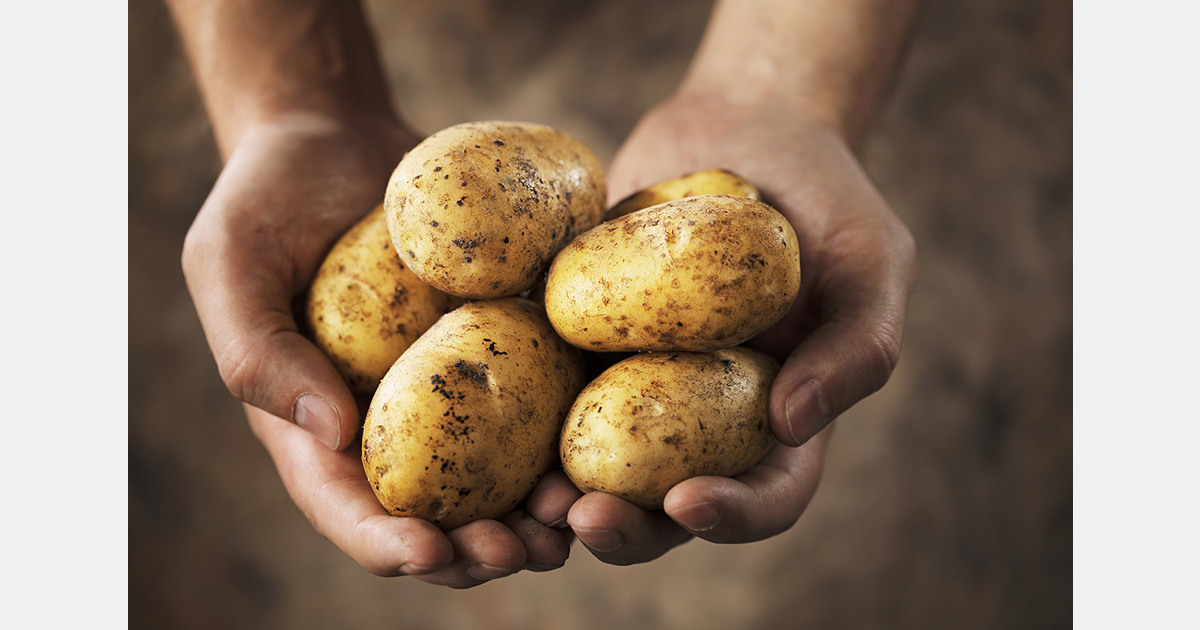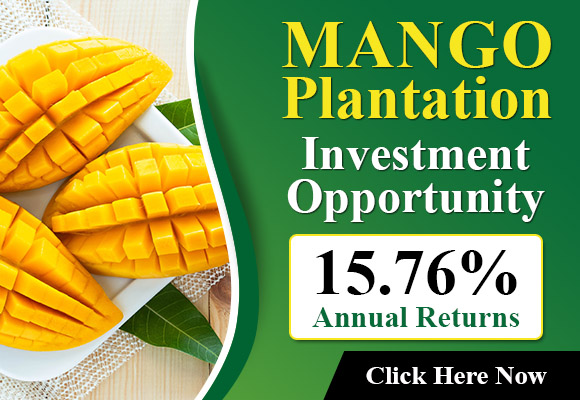
Peru leads Latin America in potato consumption, with an average of 96 kilos per person annually, exhibiting an increase from the 86 kilos two decades ago but still below the historical highs of over 100 kilos per person in the 1960s. This rise does not necessarily translate into strategic growth for the sector. Challenges such as seasonal oversupply, low technological advancement, and limited industrial opportunities illustrate persisting market imbalances.
Miguel Ordinola Chapilliquén, an agricultural economics master’s student and professor at the Pontifical Catholic University of Peru, states, “We must analyze it by segment: white potato, yellow potato, and native potato. Each has distinct production, marketing, and consumption dynamics.” The segmentation offers varying market dynamics: white potatoes face price volatility and scant processing innovation, yellow potatoes gain traction both locally and abroad, especially as precooked and frozen goods exported to the United States, Spain, and Japan, while native potatoes capture niche gourmet and organic markets.
Differentiated strategies are necessary, with Ordinola suggesting that native varieties hold growth potential in value markets, yellow varieties are stabilizing as fresh and semi-processed products, while the white variety demands industrial restructuring to manage its high supply. Tuber processing emerges as a viable strategy amidst fluctuating prices, aiming to enhance sustainable development. Neighboring countries like Argentina, Brazil, Chile, and Colombia consolidate industries offering added value and market stability, serving as potential models for Peru.
Per the Ministry of Agriculture, Livestock, and Fisheries (MIDAGR), Peru yields over six million tons of potatoes annually, but only 5.2% undergoes processing. Ordinola emphasizes expanding this percentage, noting successful cases with native varieties in products like chips, purées, and artisanal vodka, alongside pre-fried potatoes with local ingredients. Private investment and public-private partnerships are crucial for infrastructural and industrial advancements. The white potato segment could serve poultry chains, consuming around 350,000 tons annually, provided quality standards improve.
Efforts must address oversupply, linked to seasonal production cycles across regions. An information system, as promoted by the Ministry of Agriculture, could offer timely data on planting intentions, weather conditions, and health alerts. Technologies such as Big Data and blockchain are also proposed for improving market connectivity. Additionally, less than 1% of potato cultivation utilizes certified seeds, curtailing productivity and quality. Ordinola highlights improving technical management, technical support, and post-harvest handling, and expanding irrigation access as priorities.
Ordinola also stresses the influence of seasonality on supply and prices, identifying two harvesting cycles: March-June from mountainous regions and September-December from coastal areas, impacting Lima’s supply and price movements. Efforts should cultivate an informed consumer culture, aiming to achieve 100 kilos of per capita consumption through diverse product promotions, enhanced supermarket presentations, and expanded potato-derived offerings.
Source: ArgenPapa
Source: The Plantations International Agroforestry Group of Companies
